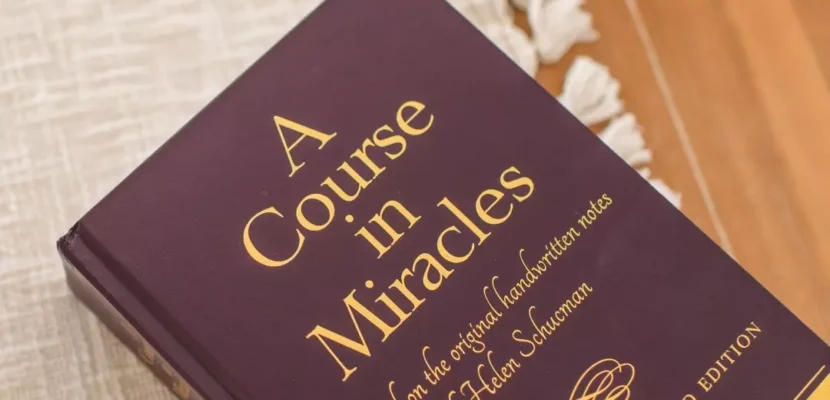Lanciano is a small, medieval town , nestled in from the coast of the Adriatic Sea in Italy, halfway between San Giovanni Rotondo and Loreto. Everything about Lanciano smacks of A Course In Miracles. Even the name of the town was changed from Anxanum (in ancient times), to Lanciano, meaning “THE LANCE.”
Tradition has it that the centurion, named Longinus, who thrust the Lance into the side of Jesus, striking Him in the Tip of His Heart from which He shed blood and water, (in the Gospel account of the Crucifixion (Mk 15:29)) was from this town. After seeing the events which followed the piercing of Jesus’ heart, the darkening of the sun, and the earthquake, he believed that Christ was the Savior.
A more physical sign, however, was that Longinus had had poor eyesight, and after having touched his eyes with the water and blood from the side of Jesus, his eyesight was restored. What a perfect parallel the actions of the Centurion were to the Eucharistic Miracle. He touched the Heart of Jesus, was healed, and converted. He gave up the Army, went to Cappadocia, and was martyred for the faith. He is known now as Saint Longinus. His feast day is celebrated on March 15.
The church of the Eucharistic Miracle is located in the center of the town. But what is the center of the town today was the outskirts of the town back in the Eighth Century, when the Eucharistic Miracle occurred. At the time, it was called the Church of St. Legontian and St. Domitian, and was under the custody of the Basilian Monks, of the Greek Orthodox Rite. This was prior to the Great Schism of 1054.
THE MIRACLE
A Basilian monk, wise in the ways of the world, but not in the ways of faith, was having a trying time with his belief in the real presence of Our Lord Jesus in the Eucharist. He prayed constantly for relief from his doubts, and the fear that he was losing his vocation. He suffered through the routine of his priesthood day after day, with these doubts gnawing at him.


